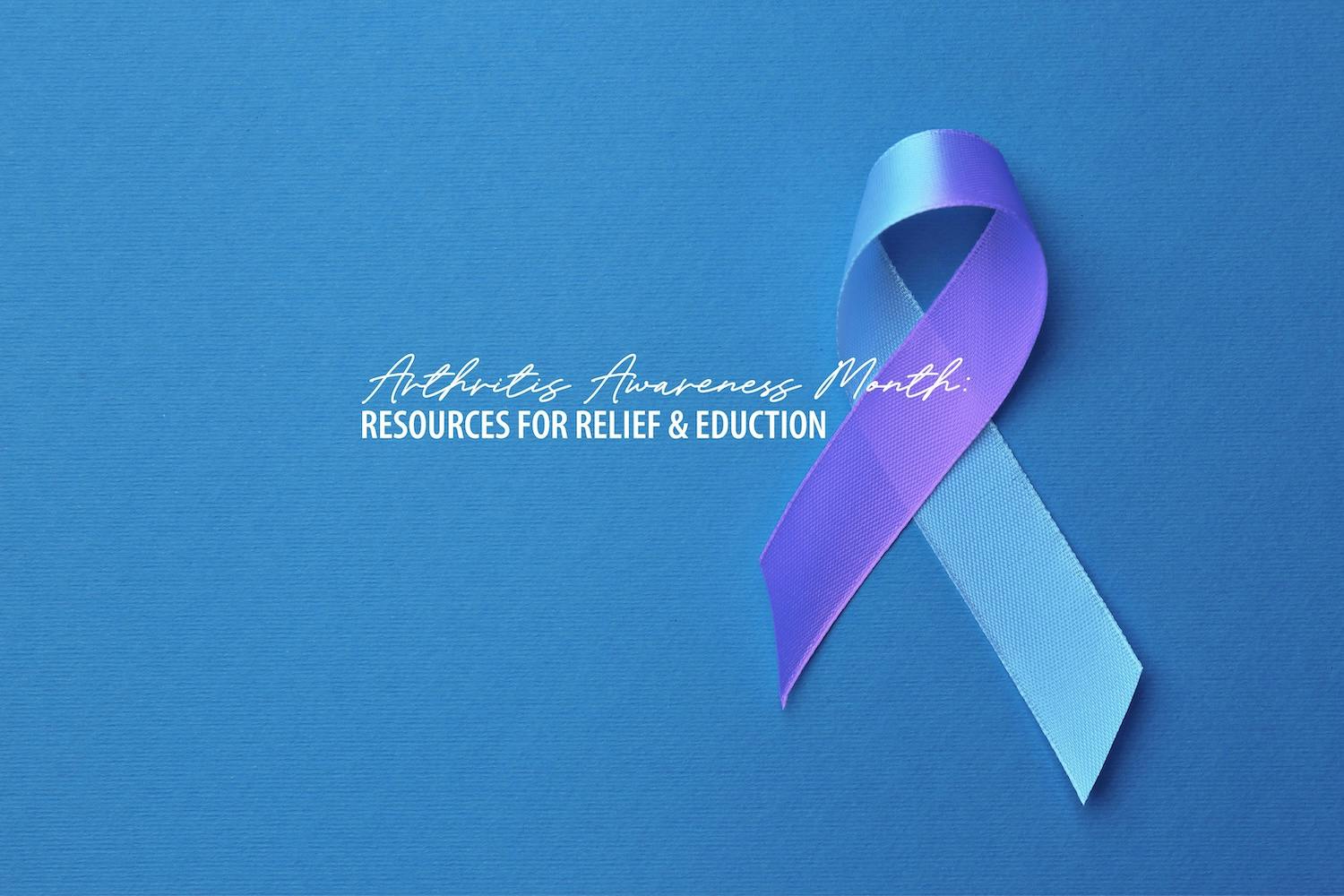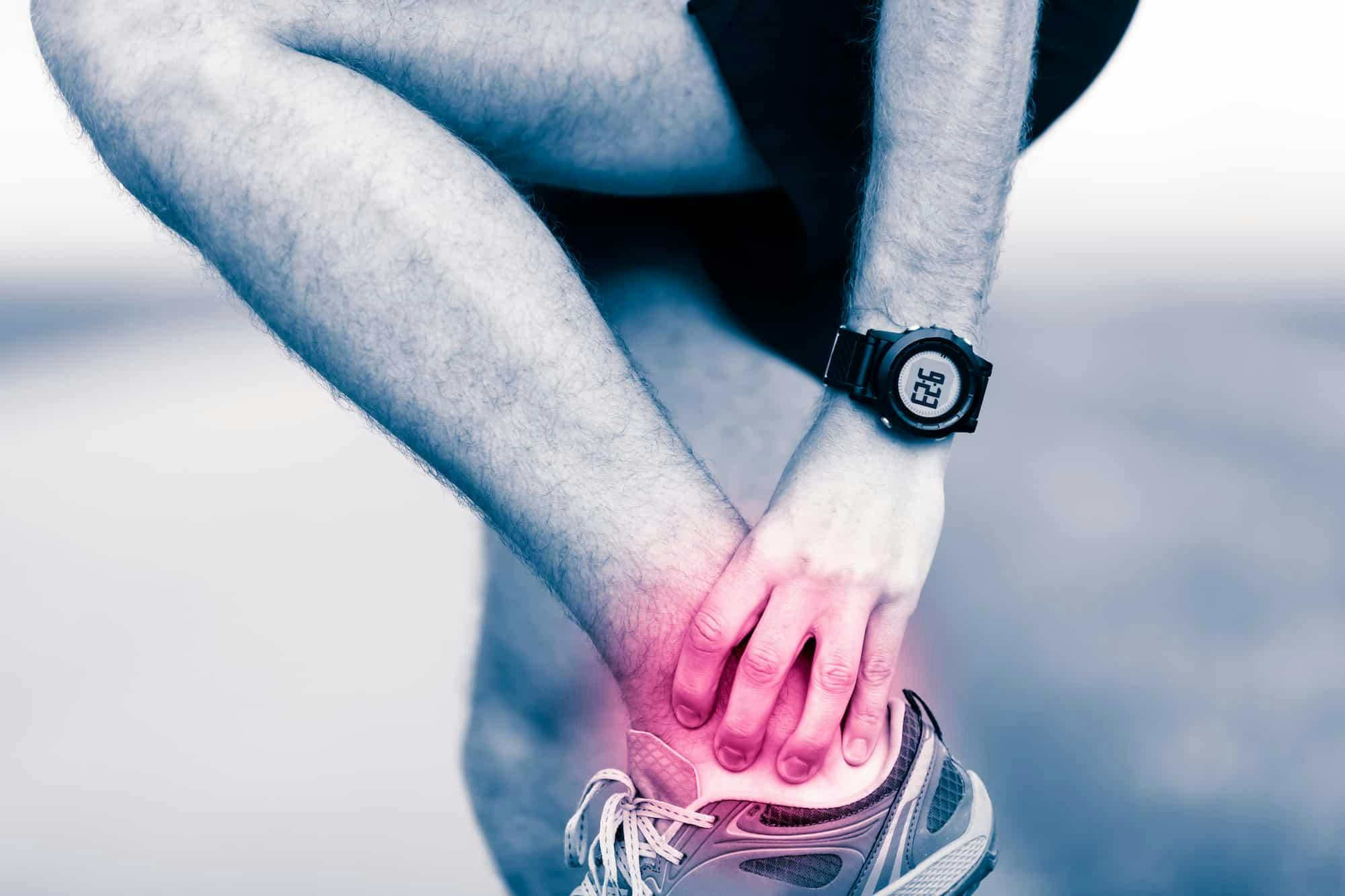- Blog
Kids Outdoor Injury Prevention
Posted on 12-23-2025 in Wrist, Pediatric Injuries, Hand, Elbow, Youth Injury Prevention & Injury Prevention by Dr. Alex Coleman, Dr. Steven Kronlage, Dr. James Piorkowski

Posted on 12-23-2025 in Wrist, Pediatric Injuries, Hand, Elbow, Youth Injury Prevention & Injury Prevention by Dr. Alex Coleman, Dr. Steven Kronlage, Dr. James Piorkowski
With summer in full swing and children taking advantage of more time to participate in sports-related or other outdoor activities, it’s essential to be mindful of injury prevention while encouraging their interest in activities that don’t involve screen time!
As a parent, you know that accidents can happen anywhere – on a swing set in your backyard, riding a skateboard in a park or biking on a designated path through a neighborhood. To mitigate or at least limit the risk of injuries, adults can take several steps to create safer environments for children as they participate in outdoor recreational activities.
Playing on Playgrounds
According to the Centers for Disease Control and Prevention, children in the U.S. visit a hospital emergency department for playground-related injuries every two-and-a-half minutes. Although minor bumps, bruises, and cuts frequently occur on playgrounds, many playground injuries are more severe. Broken bones (fractures) and sprains and strains are the most common playground-related injuries that require a doctor’s care. While close adult supervision may be the most critical factor in preventing playground injuries, parents should also keep the following in mind:
Riding Bicycles & Scooters
According to the National Safety Council (NSC), bicycle accidents accounted for 25% of emergency department-related visits in 2021 in children 14 and younger. While head trauma is the most severe injury associated with bicycle and scooter accidents, the most common injuries we see include sprains and fractures of the wrist and elbow, as well as severe cuts. The most important thing to remember when riding bicycles, scooters and other ride-on toys is wearing a helmet and other appropriate safety gear. Additional safety precautions include:
Skateboarding & Longboarding
Skateboarding and longboarding are also popular recreational activities among children and teenagers. However, according to NSC, 32% of the 245,177 skateboard-related injuries that occurred in 2021 involved children 14 and younger and required a visit to an emergency department. Like other ride-on toys, fractures or dislocations to more severe head injuries can be prevented by following these safety guidelines for skateboarding:
With locations in Gulf Breeze and Pensacola, fellowship-trained physicians Dr. Alex Coleman, Dr. Steven Kronlage and Dr. James Piorkowski provide adult and pediatric patients with the latest treatment options, including surgical intervention. Our offices are equipped with the latest imaging and diagnostic equipment, which minimizes the need for additional visits to other facilities and reduces your out-of-pocket costs. Learn more about Hand and Upper Extremity Specialists or complete our online Appointment Request form to book a visit.

May is Arthritis Awareness Month, an opportunity to increase public understanding of arthritis and its impact on millions of lives. Established by the Arthritis Foundation, this national observance highlights the importance of early diagnosis, effective treatment, and ongoing research to improve the quality of life for those with arthritis.

May is National Arthritis Awareness Month, and of the more than 100 forms of this painful condition, many can affect the ankle. In fact, almost half of people in their 60s and 70s have arthritis of the foot and/or ankle, but not all of them have symptoms.

Springtime in North Florida is the perfect season for gardening, but hours spent planting, pruning, and digging can take a toll on your body. At North Florida Bone & Joint Specialists, we often see patients with gardening-related injuries affecting the hands, upper extremities, shoulders, and knees. Whether you're a weekend hobbyist or an avid green thumb, practicing proper ergonomics can help ensure you stay injury-free while you enjoy your time outdoors.